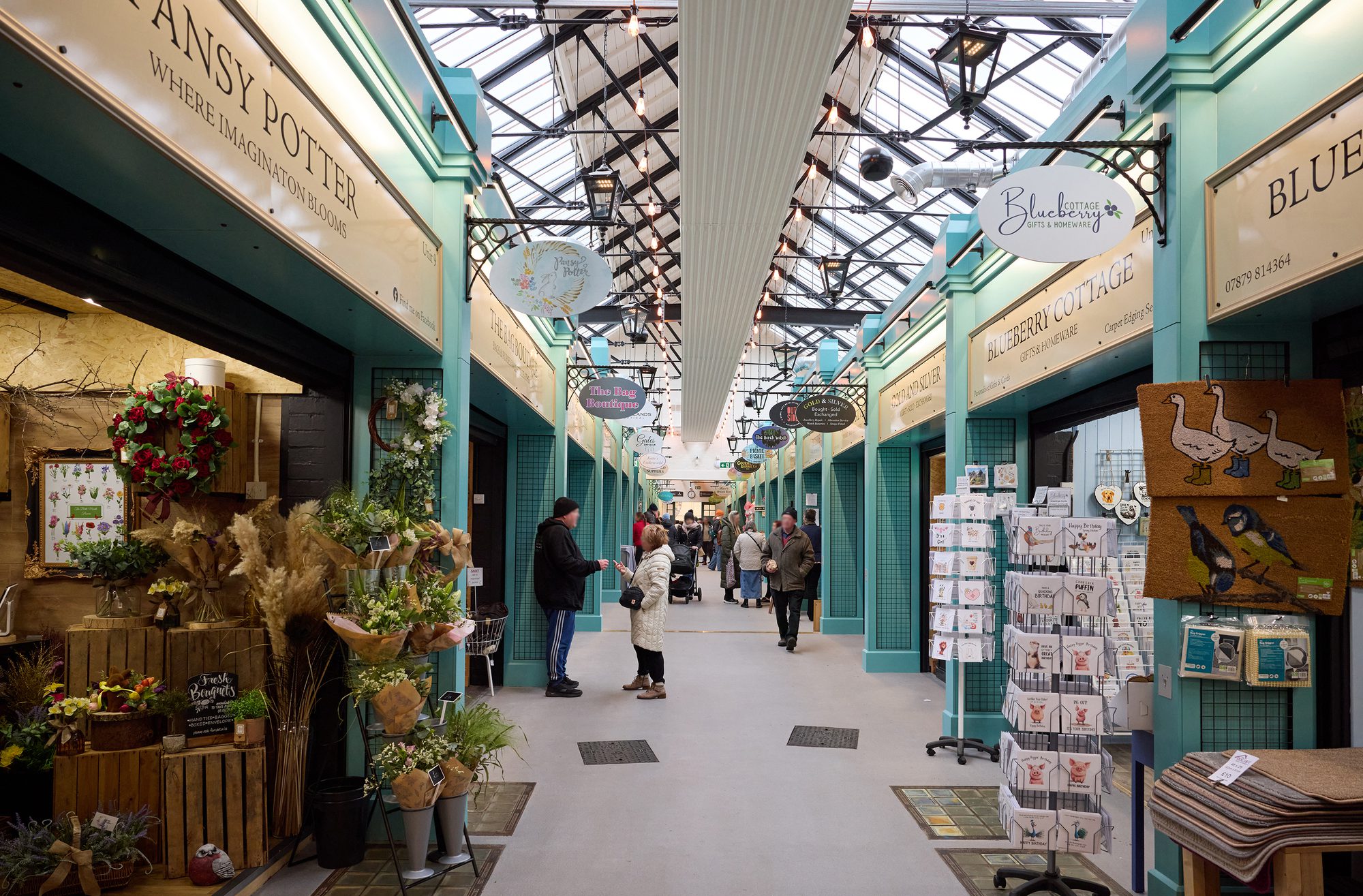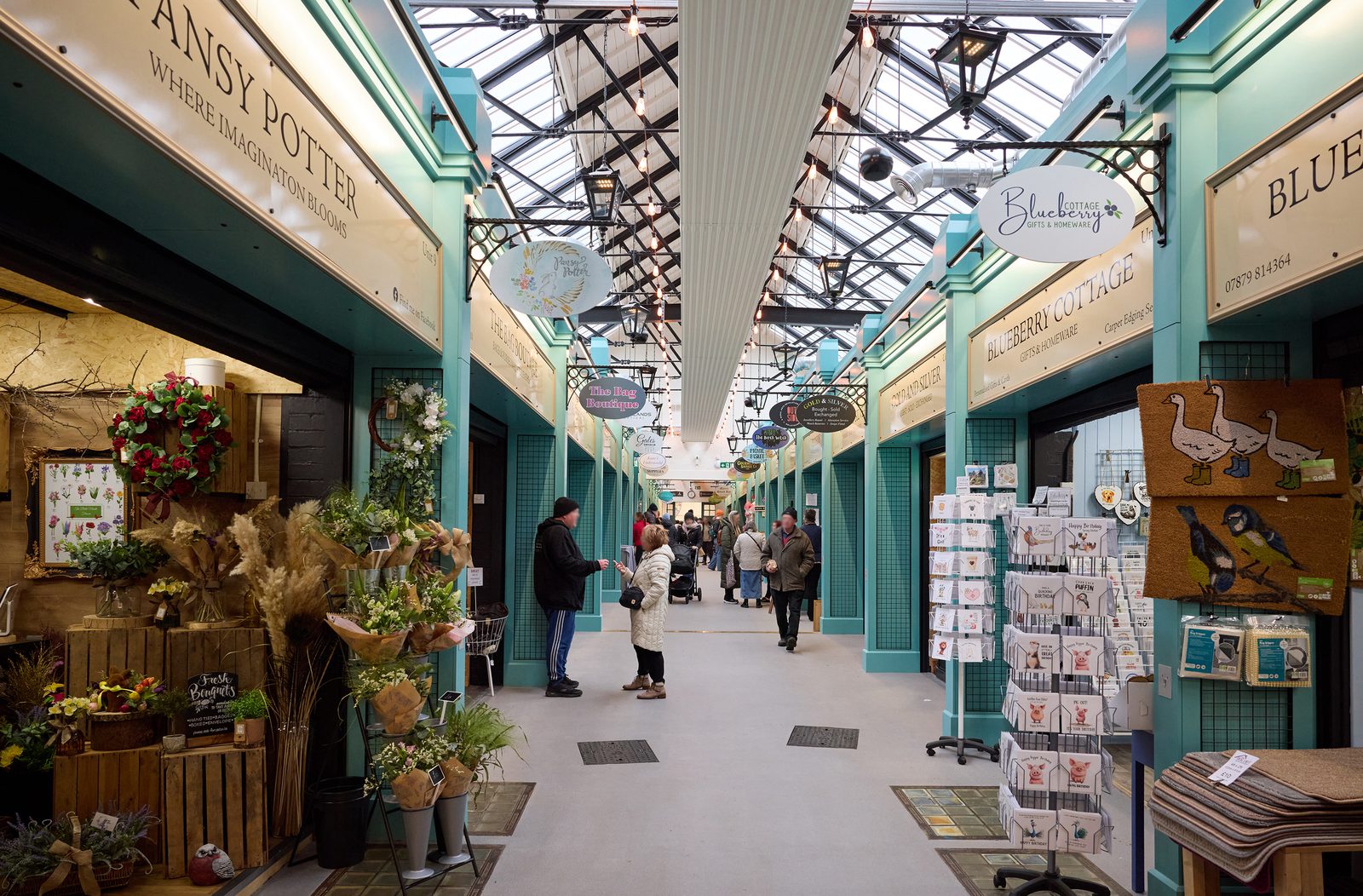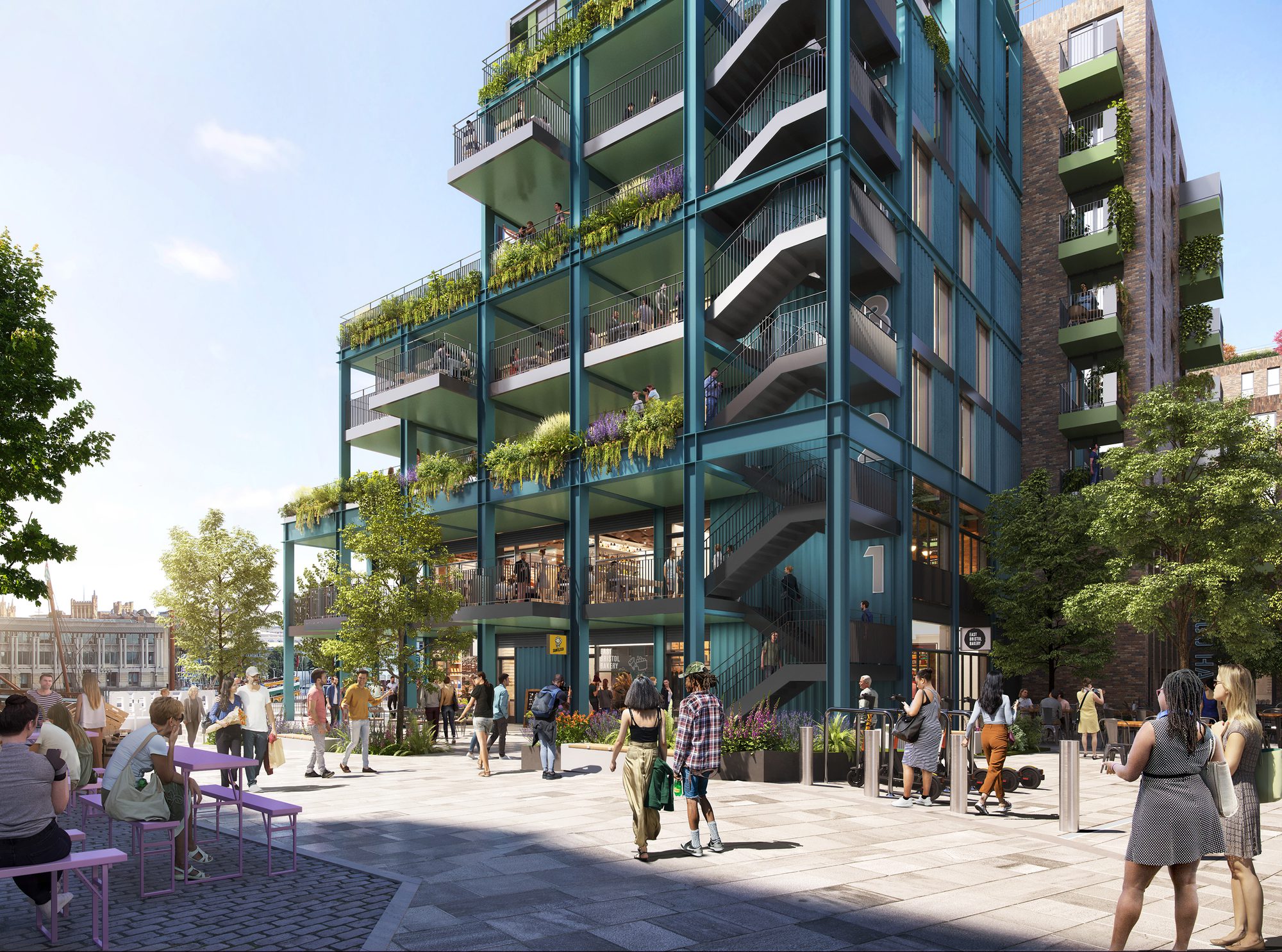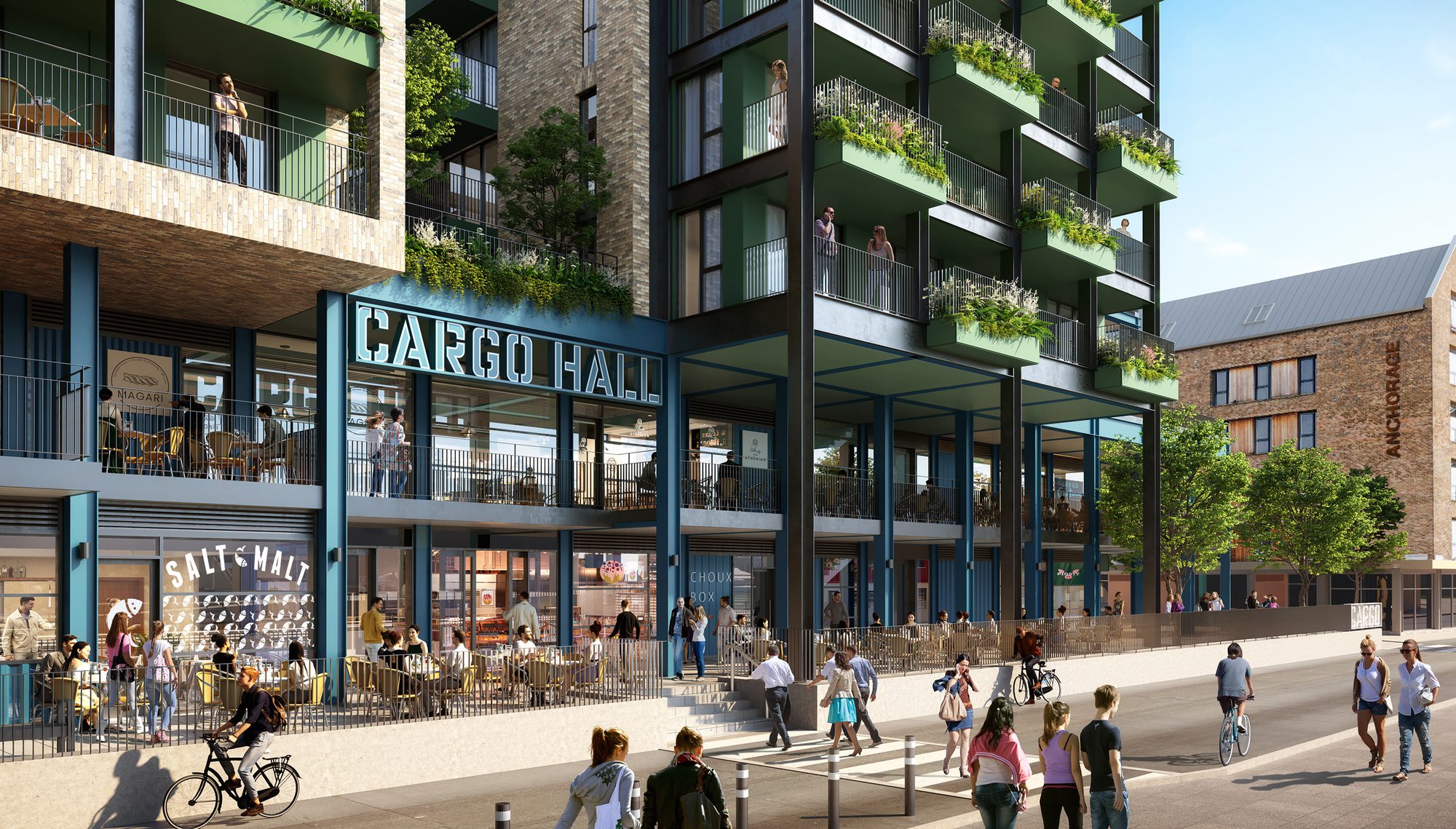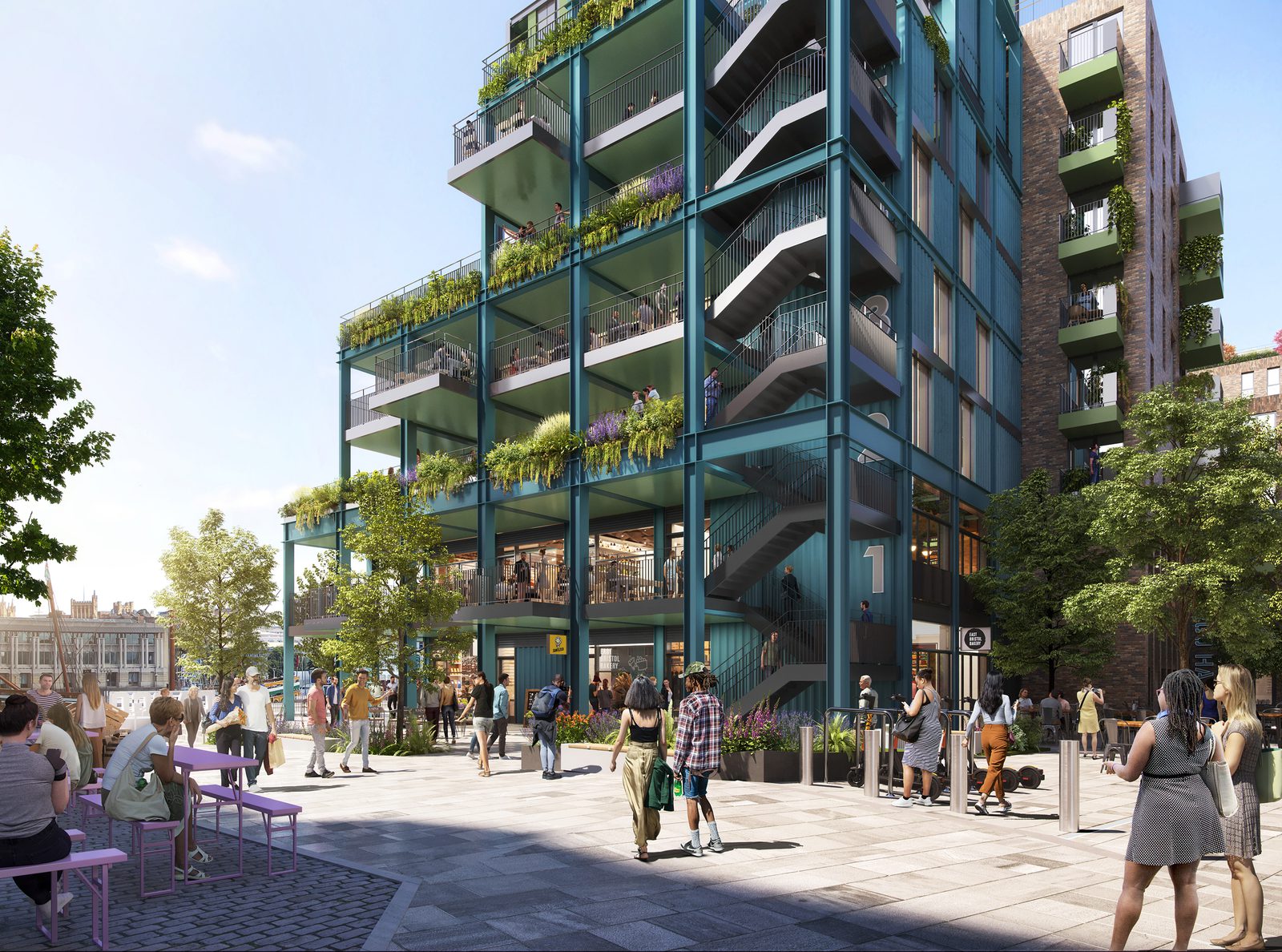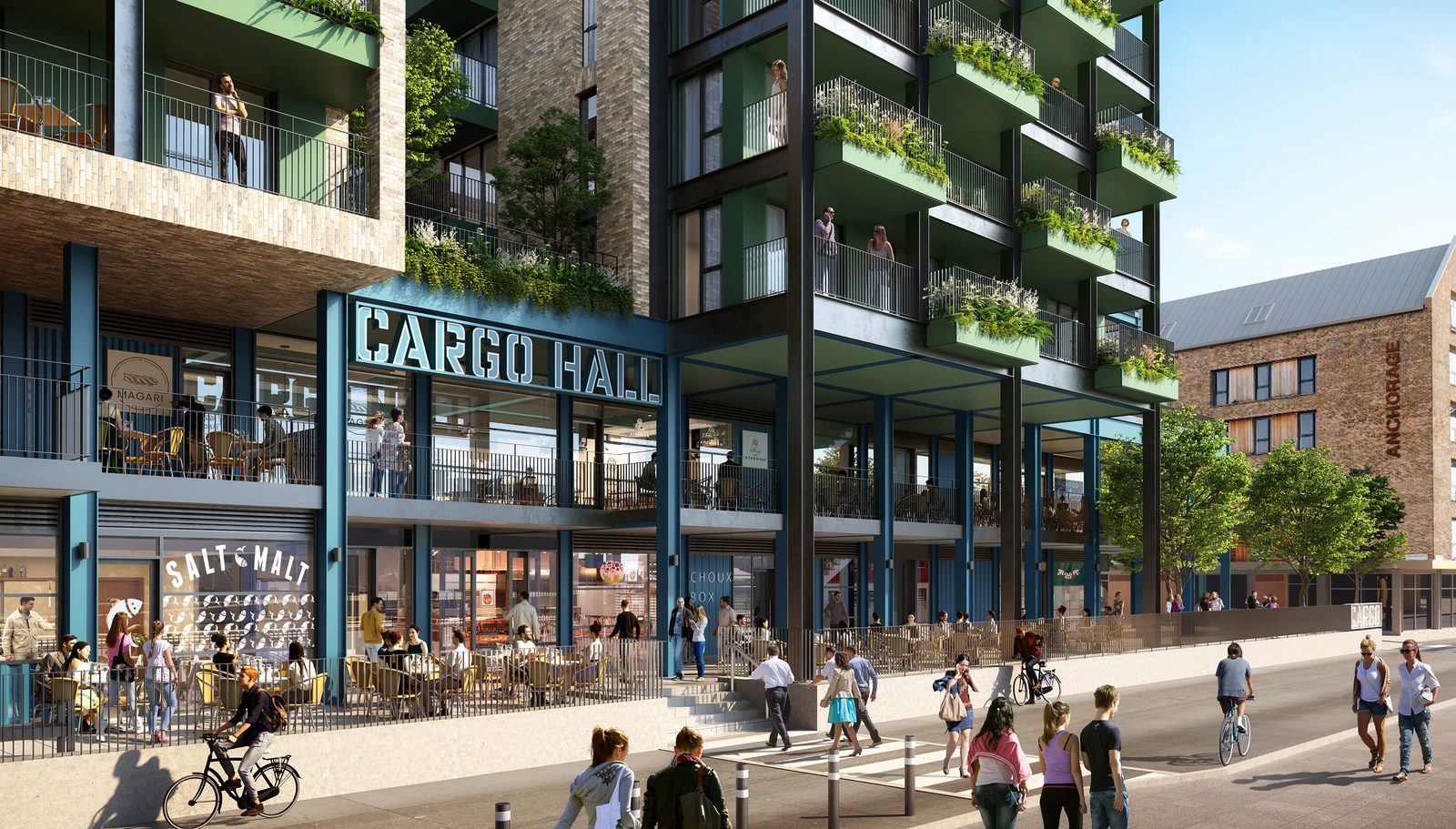
Thought Leadership
Rooted in place: Placemaking through the local lens
by AHR
The most successful places don’t start from scratch. They grow from what’s already there.
Placemaking through context is more than a backdrop. It’s the foundation of great places. From the materials that define a street to the topography that shapes a masterplan, places gain their strength from what surrounds them. Understanding and responding to that setting—visually, physically and culturally— with context-led placemaking is what helps us design spaces that are not only fit for purpose, but full of meaning.
In this third part of our placemaking series, we explore how context influences every stage of the design and delivery process. We share how we approach local character, natural assets, technical constraints and community insight to create places that feel connected, resilient and ready to grow.
Seeing context as a driver of placemaking
Placemaking does not begin with a blank slate. Every site has a setting, a story and a set of constraints and opportunities. Understanding this context is essential to creating successful outcomes.
Good design is about how a place works, how it feels to use, and how well it responds to its surroundings. National guidance, including the National Design Guide1, reinforces this by highlighting the importance of context, identity and built form. Context includes everything from landscape and topography to infrastructure, regulation and local character. It shapes how a place functions, how people experience it and how it can evolve over time.
Context is a creative driver. It sets a direction and strengthens the relationship between people and place. A clear understanding of context helps us design spaces that feel grounded, distinctive and adaptable.
Local character and heritage in context-led placemaking
Heritage and local character are often seen as things to be protected, but they also offer powerful tools for shaping meaningful, future-focused places. By understanding how a place has evolved—its buildings, streetscapes, materials and uses—we can design in ways that feel both appropriate and enduring.
Incorporating local character in design plays an active role in shaping how we approach form, detail and layout. Instead of imitating architecture of the past, we respond to it with heritage-led design. That might mean retaining a historic structure or referencing a local material. These choices help ensure new development feels considered, familiar and grounded in its local context.
Leek and Trestle Markets
At the same we made it more accessible, welcoming, and energy efficient with solar panels, air source heat pumps and a roof replacement at the Trestle Market. Through close collaboration with the local authority and conservation officers, we helped re-establish its civic presence and long-term value to the community.
Read our project case study on Leek’s Trestle Market and Butter Market
Historic England encourages design that responds to local character and significance, particularly where change affects the historic environment2. Their guidance highlights the importance of understanding setting, materials and layout when introducing new development near heritage assets. That means more than preserving fabric. It means creating continuity, linking past and present to build places people are proud of and connected to.
Placemaking through local context and nature
A place is shaped not just by what we build, but by the land it sits on. Topography, ecology, waterways and green infrastructure provide the structure for sustainable, distinctive and people-focused design.
By placing nature at the heart of development strategies, we create places that are more climate resilient, biodiverse and health-enhancing. This approach also reinforces local identity. Where landform, vegetation and habitat are respected, the result is a place that feels connected to its environment, can support nature recovery, and is more rooted in experience.
At Walstead Park in West Sussex, our masterplan proposals for 600 new homes were informed by the site’s existing woodland edges, ecology and rural character. Our vision for the development is shaped by sustainable placemaking and centres on a generous green space, and new walking and cycling connections. Public open space forms a key part of the design, supporting both recreation and the integration of the new neighbourhood into its countryside surroundings.
 Walstead Park masterplan, Sussex
Walstead Park masterplan, SussexThis approach aligns with wider guidance from the Landscape Institute, which advocates for green infrastructure to be embedded into placemaking strategies from the outset3. By working with nature, we create places that support sustainable movement, foster wellbeing and reflect their local character.
Material choices that strengthen place identity
The materials we use shape how people connect with a place. When grounded in local context—through geology, historic use or cultural references—materials help create continuity and meaning. They don’t need to replicate the past, but should resonate with it, offering visual and tactile cues that anchor buildings in their setting.
Thoughtful material choices can subtly reinforce place identity, whether through texture, tone or detail. In public spaces, they influence how safe, inclusive or inviting a place feels. A warm timber finish, a familiar brick type or well-detailed paving can support wayfinding, experience and dwell time.
At Wapping Wharf North in Bristol, our design supports the vision for a vibrant and inclusive harbourside neighbourhood. Drawing from the site’s dockside heritage and evolving identity, we used a natural material palette of brick and metal, alongside bolder colour choices that reflect the character of the existing CARGO shipping containers. This includes the introduction of shipping container cladding and blue and green accents, helping to unify the architecture with its context and reinforce a strong sense of place.
Material choices also have a wider role to play. Using local materials can reduce embodied carbon and support regional supply chains. They can help tie places together while supporting performance and sustainability.
Turning constraints into opportunities
Every site presents technical challenges. These might include heritage designations, flood risk, environmental impacts or access limitations. Thoughtfully responding to these constraints is not a compromise. It’s a route to more integrated, imaginative and place-specific outcomes.
Early technical insight—such as daylight studies, utilities planning or environmental assessments—can guide layout, massing and orientation. When embedded from the start, these factors lead to more informed design choices and reduced risk at later stages.
Constraints can also drive creativity. A tight footprint may lead to more efficient layouts. A complex site history might lead to more meaningful material use. Instead of limiting ambition, constraints can sharpen the brief and clarify what a place needs to succeed.
This approach works best when architecture and building consultancy teams collaborate from the start. Input from environmental, planning and cost specialists helps align vision with viability and helps embed deliverability from day one.
Heritage-led design: Blending old and new
Introducing new development within established settings requires care, especially where history, civic purpose, and place identity overlap. Success often depends on how well the new responds to what came before, both visually and functionally.
At Chard Leisure Centre, with a heritage-led design approach we created a modern facility that acknowledges the site’s industrial past while helping to shape its civic future. Located within a conservation area on the former ACI factory site, the building draws on the heritage of Chard’s lace and aeronautical industries. Its form takes inspiration from the surrounding saw-tooth industrial buildings, creating a contemporary silhouette that still feels rooted in place.
We selected a bold red brick to echo nearby listed buildings, helping the centre sit comfortably within its historic setting. The result is a space that feels new but familiar, contributing to the wider regeneration of the town while reinforcing a strong sense of identity.
Throughout the project, we engaged closely with stakeholders, including Historic England, to better understand the site’s heritage and ensure our proposals respected and enriched the existing townscape. This collaboration helped shape a scheme that is not only functionally successful, but contextually and culturally aligned.
The National Planning Policy Framework encourages development that enhances heritage significance while supporting local identity4. By aligning old and new through context, we help places evolve in a way that feels natural and enduring.
Creating continuity through context-led placemaking
When we understand context fully, we create places that feel like they have always belonged. They reflect their surroundings, support long-term value and bring people together through shared experience.
Context-led design builds resilience, reduces risk and creates opportunities. It helps clarify decisions, strengthen delivery and build lasting trust between stakeholders.
By bringing together architectural thinking, technical building consultancy expertise and local insight, we deliver context-led placemaking strategies that respect heritage, celebrate local character, and enhance resilience.
This piece forms part of our Placemaking with Purpose series, which explores how places can be conceived, shaped and delivered to create long-term value. If you’re just joining the conversation, you might also be interested in:
- Reframing Placemaking — outlining the case for purpose-led, design-aware development
- People First — exploring how identity, inclusion and local need shape successful outcomes
At AHR, we help clients unlock the potential of sites through context-led placemaking — respecting history, responding to natural assets, and strengthening local character. Explore our masterplanning services, regeneration projects, and latest placemaking and regeneration news and insights to see how we turn vision into reality.
References
- https://www.gov.uk/government/...
- https://historicengland.org.uk/images-books/publications/gpa3-setting-of-heritage-assets/
- https://www.landscapeinstitute.org/policy/green-infrastructure/
- https://www.gov.uk/guidance/national-planning-policy-framework/16-conserving-and-enhancing-the-historic-environment
Frequently asked questions
Context-led placemaking is an approach to design that builds on the history, culture, landscape, and materials of a site to create meaningful, resilient places.
Local character ensures new development feels connected, authentic, and enduring, strengthening identity and community pride.
Heritage-led design respects and reuses historic assets while integrating modern functions, helping places evolve without losing their cultural value.
Natural assets like topography, waterways, and green infrastructure shape more sustainable, biodiverse, and people-focused places.
Materials grounded in local geology or culture create continuity, reduce embodied carbon, and strengthen people’s sense of place.
By responding to constraints like heritage, flood risk, or site history, context-led placemaking produces designs that are viable, resilient, and deliverable.
Posted on:
Aug 1st 2025
Topics:
Share on
Related Articles

Thought Leadership
People first: Designing for community and identity
We explore the social dimension of placemaking and how inclusive design, meaningful engagement and cultural identity contribute to environments that are enriching and enduring.
Date: 7 Jul 25
by AHR

Practice News
Making residential development viable in a shifting landscape
This article offers practical strategies to help developers and housing providers navigate complexity, reduce risk, and unlock the full potential of their residential schemes.
Date: 23 Jun 25
by AHR

Thought Leadership
Reframing placemaking: How to create places that work in practice
This thought piece series explores how placemaking can be meaningfully applied in practice, drawing on our own project experience, multi-sector insight and interdisciplinary expertise.
Date: 16 May 25
by AHR

Project News
Planning secured for residential-led regeneration of Broad Street Mall
We’re delighted that our plans for this mixed use development have been approved, marking an exciting step forward in transforming this part of the town into a thriving, people-first neighbourhood.
Date: 5 May 25


